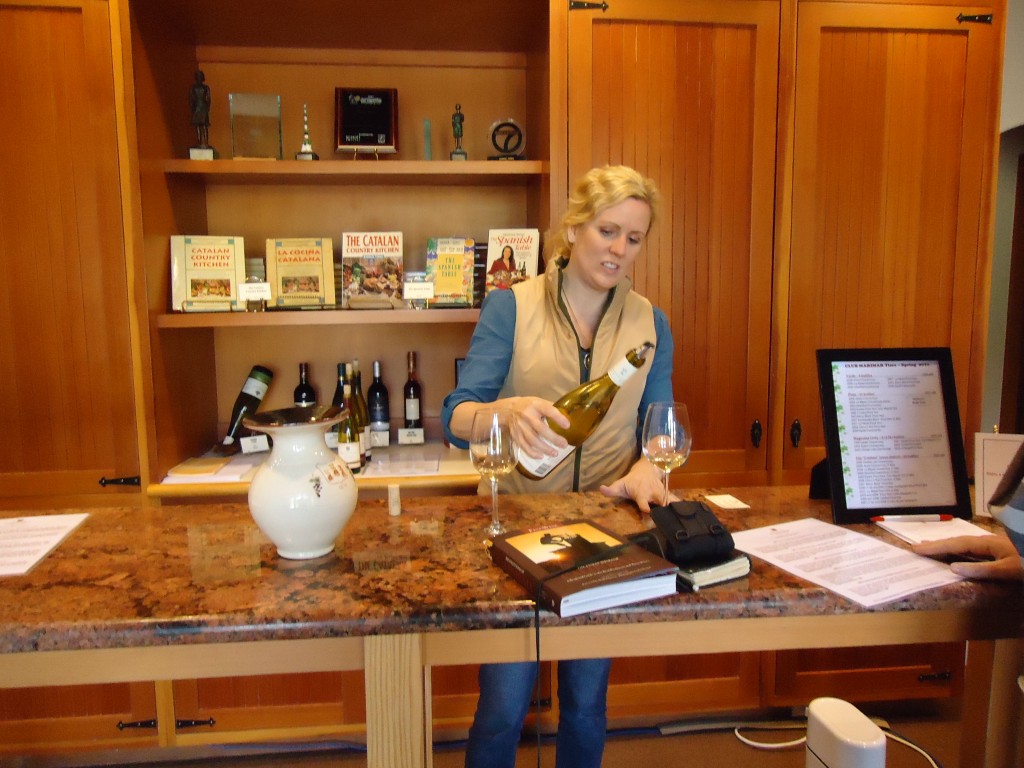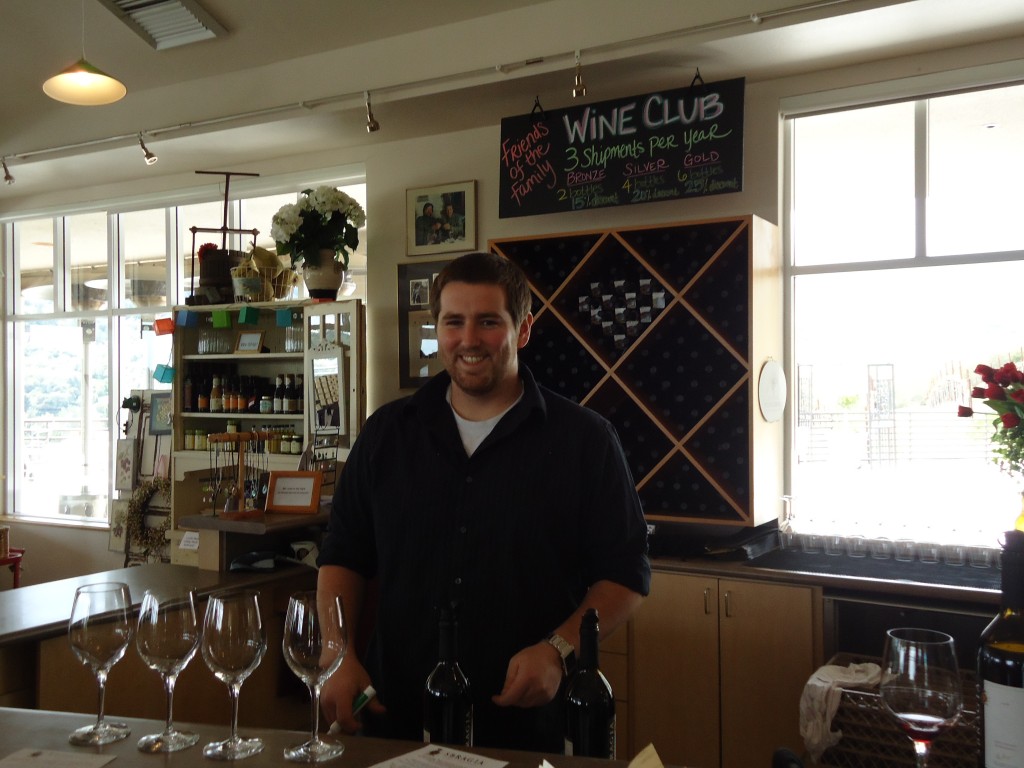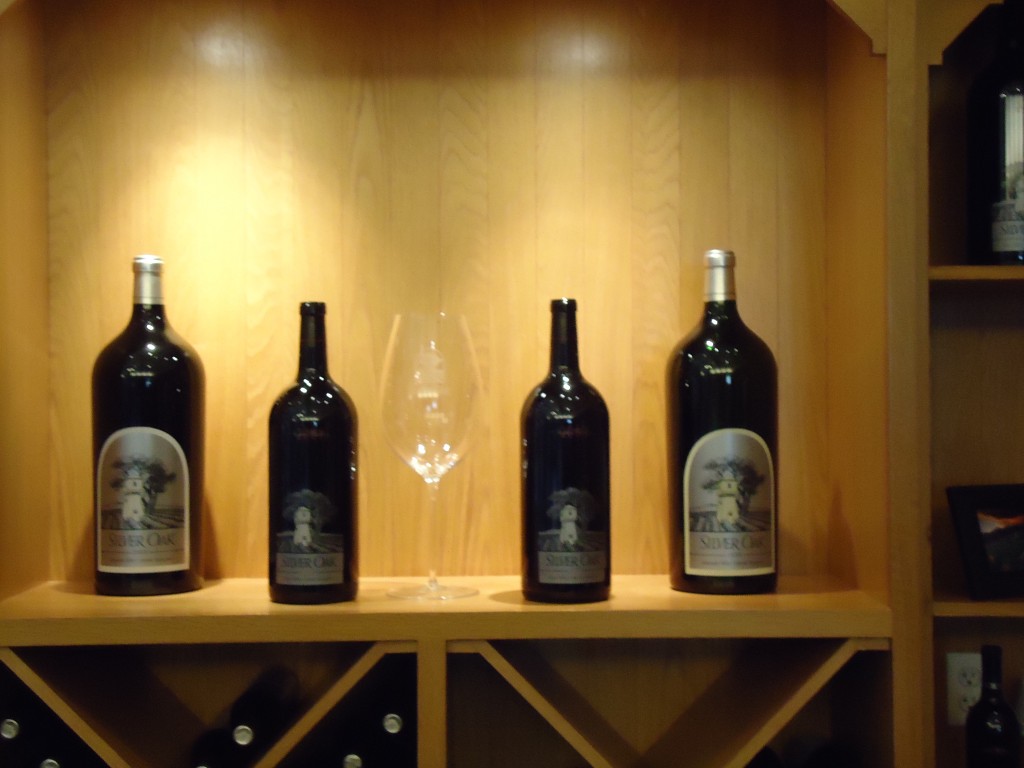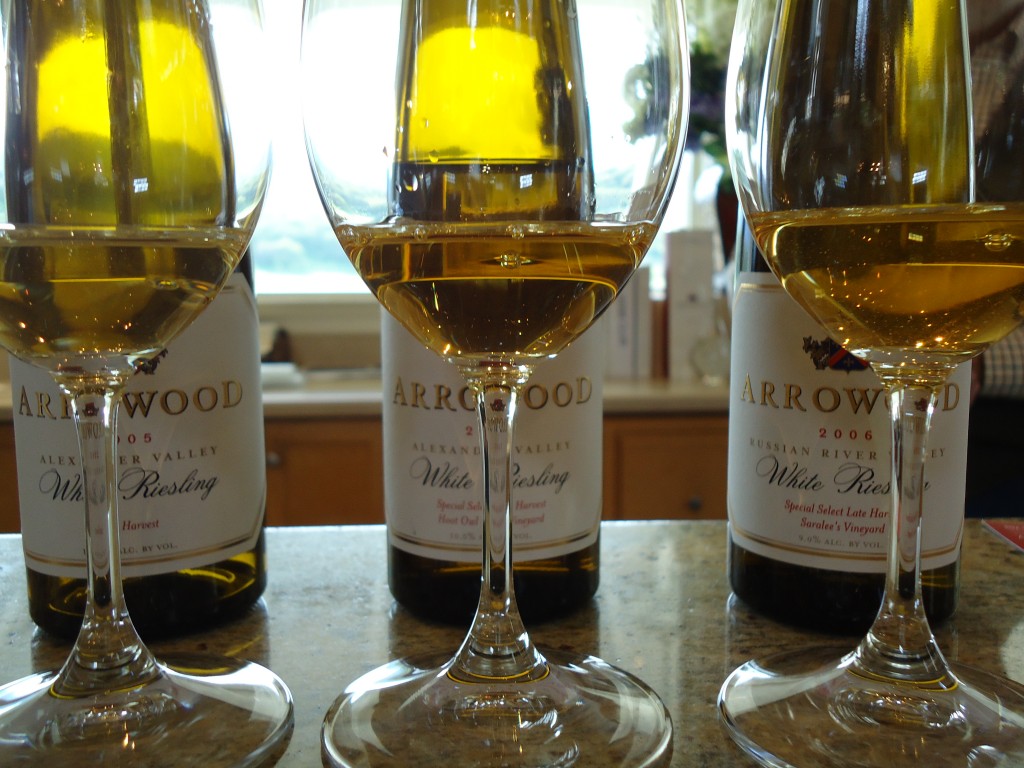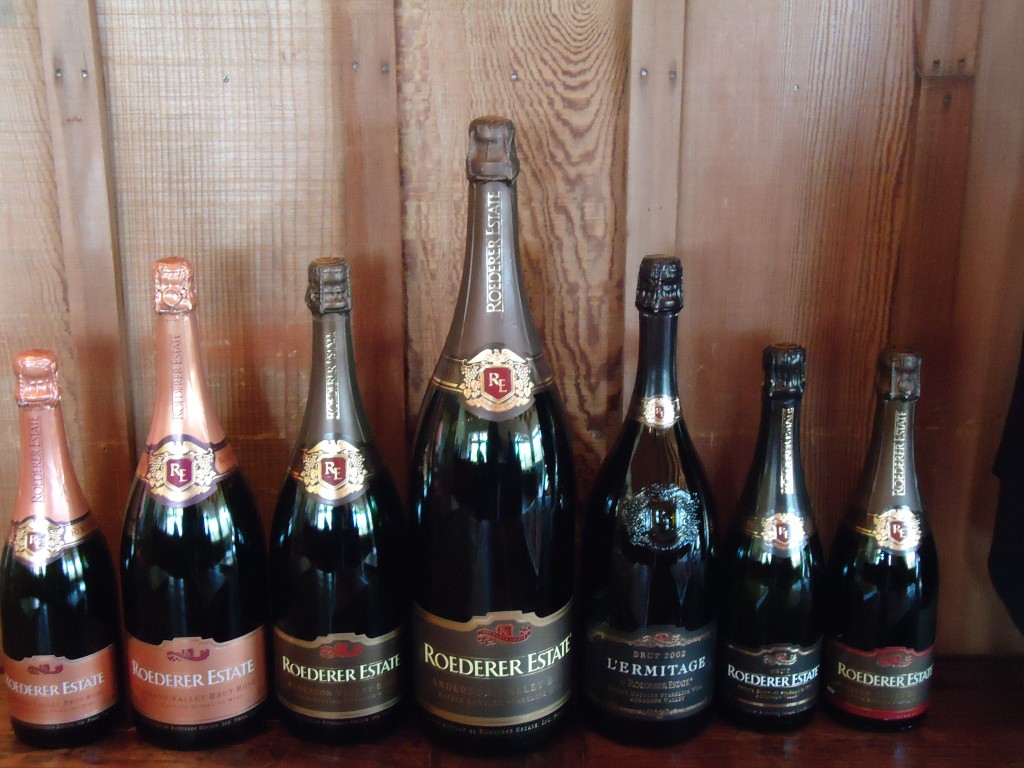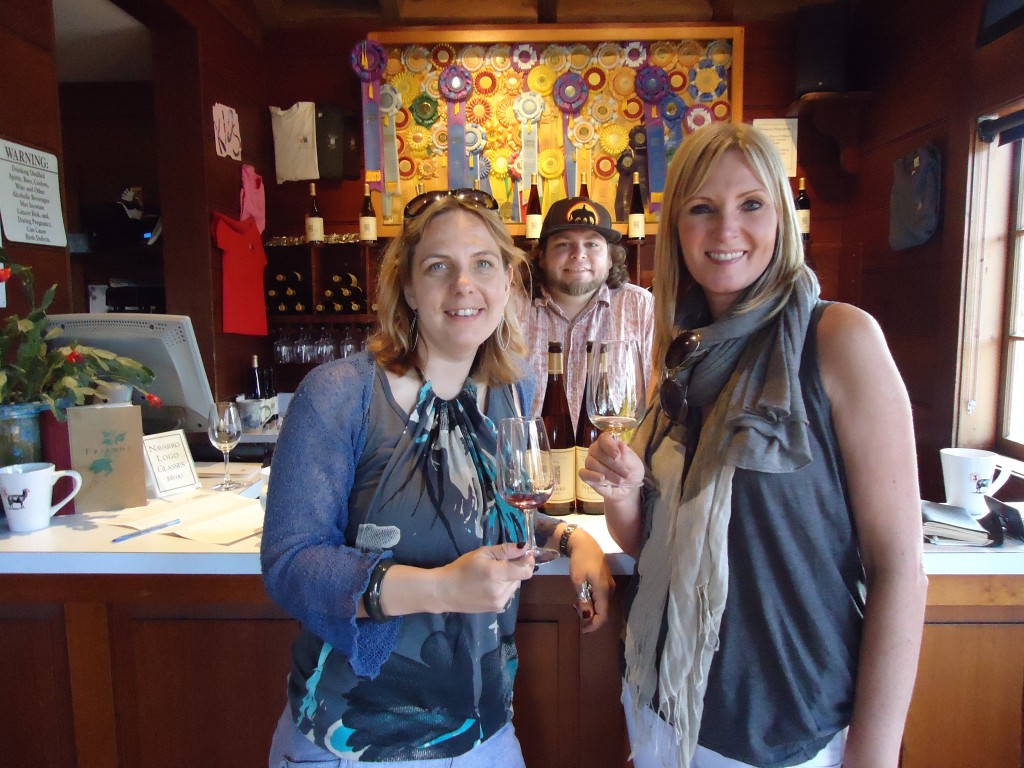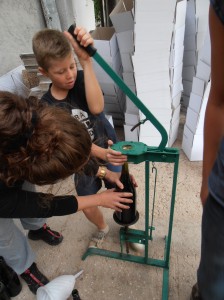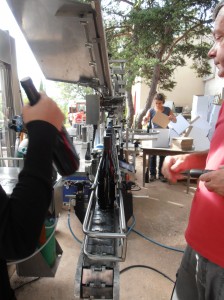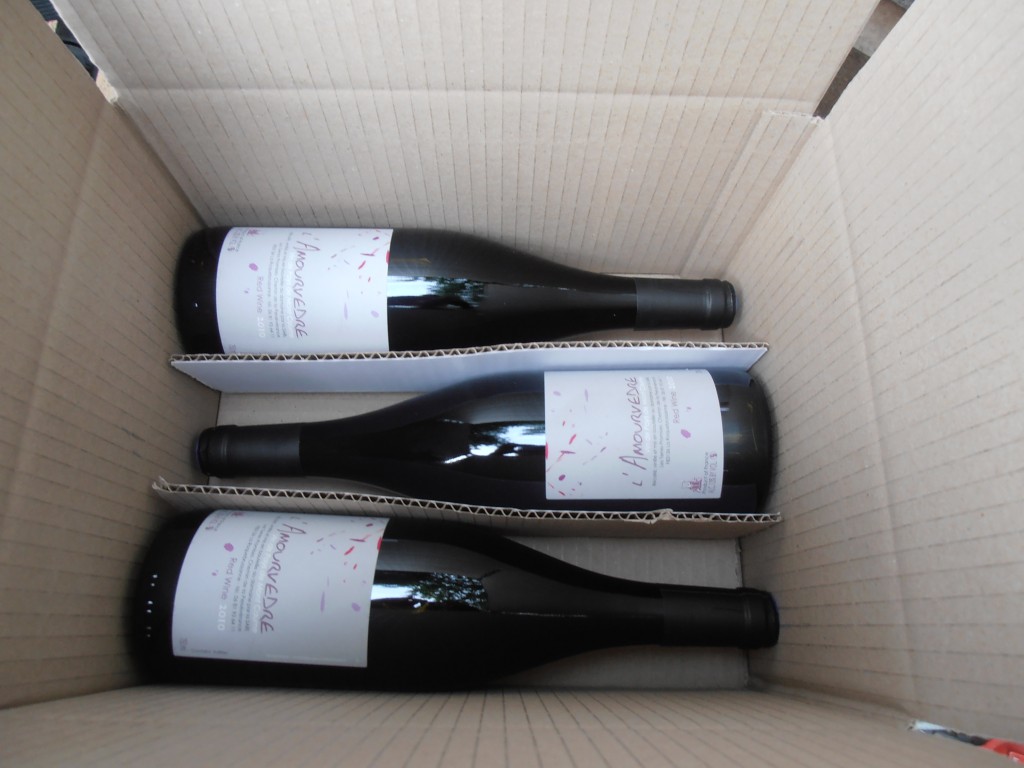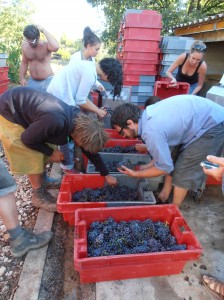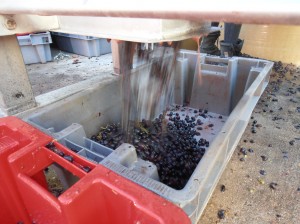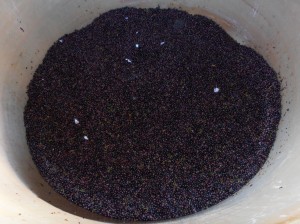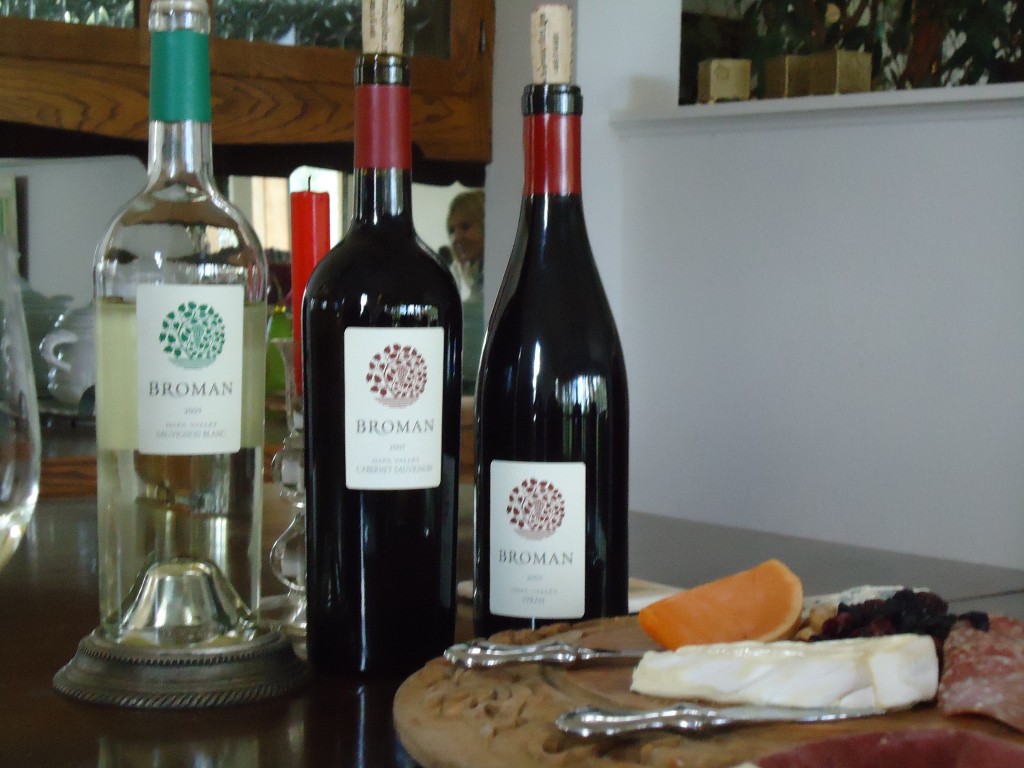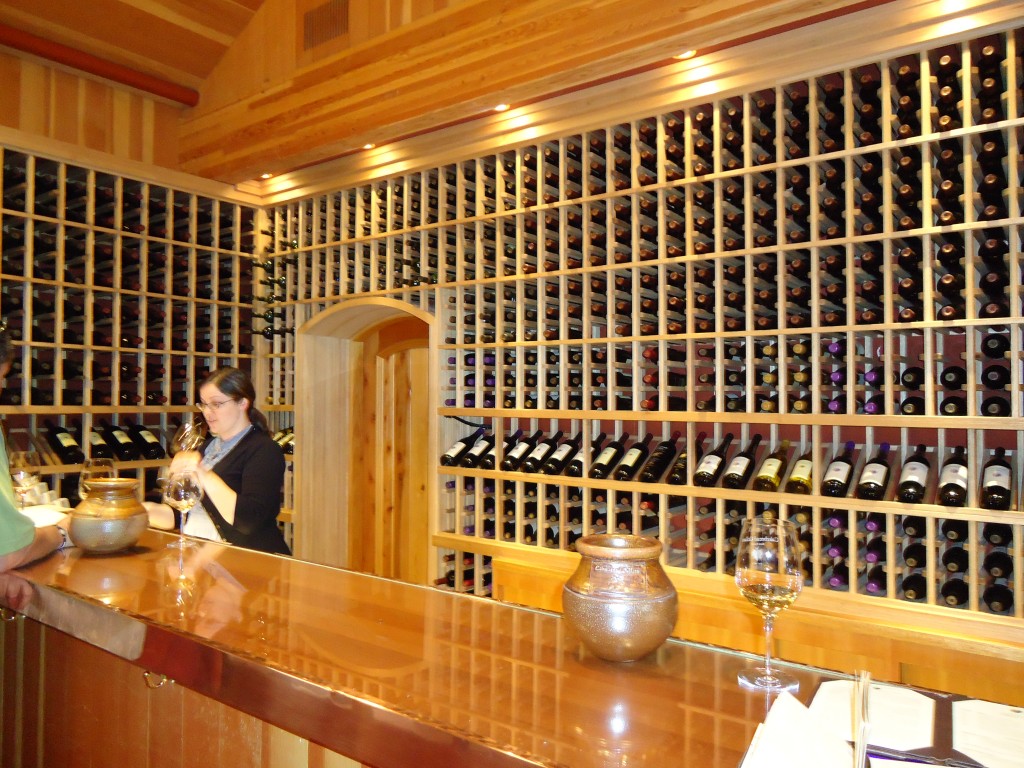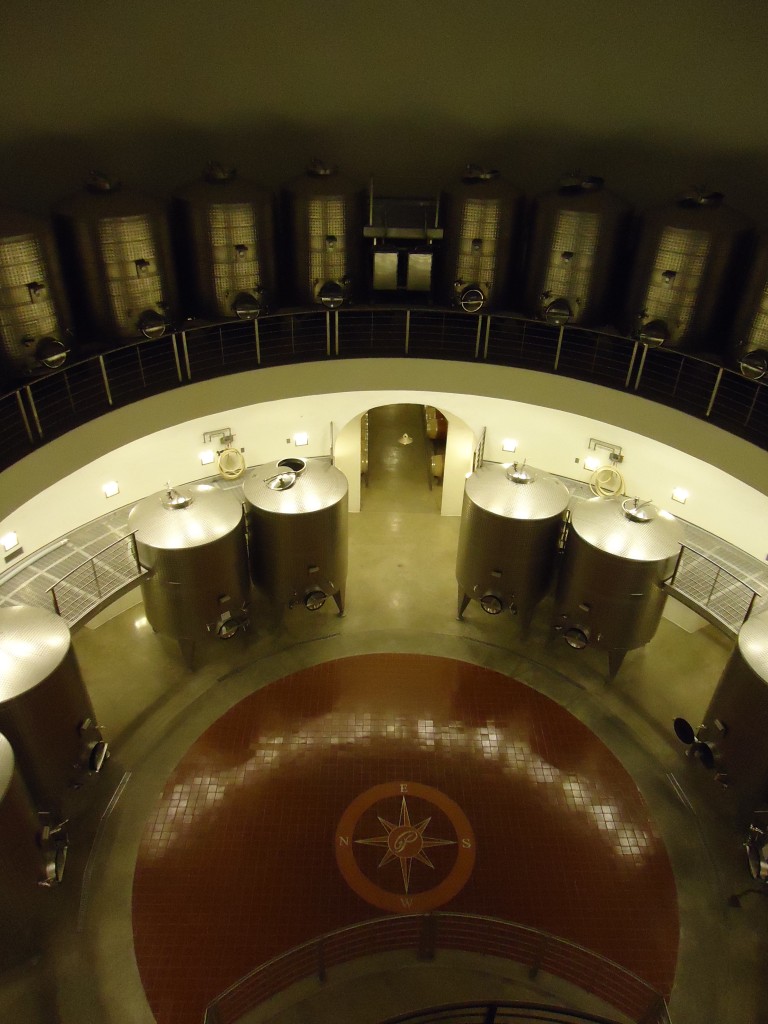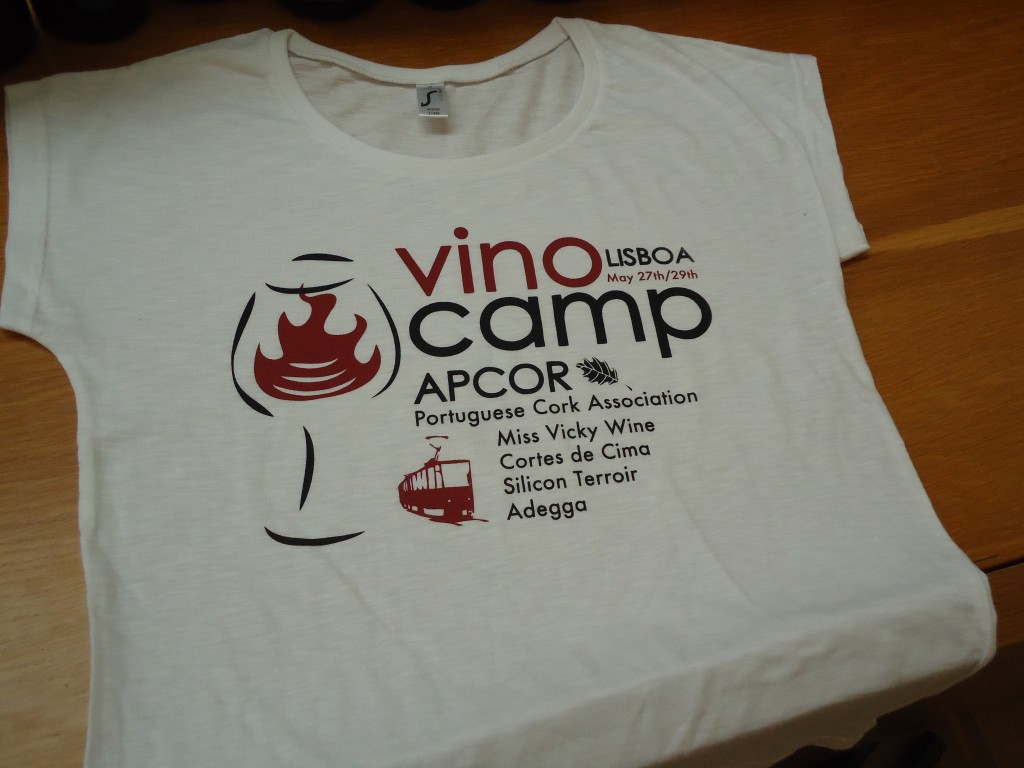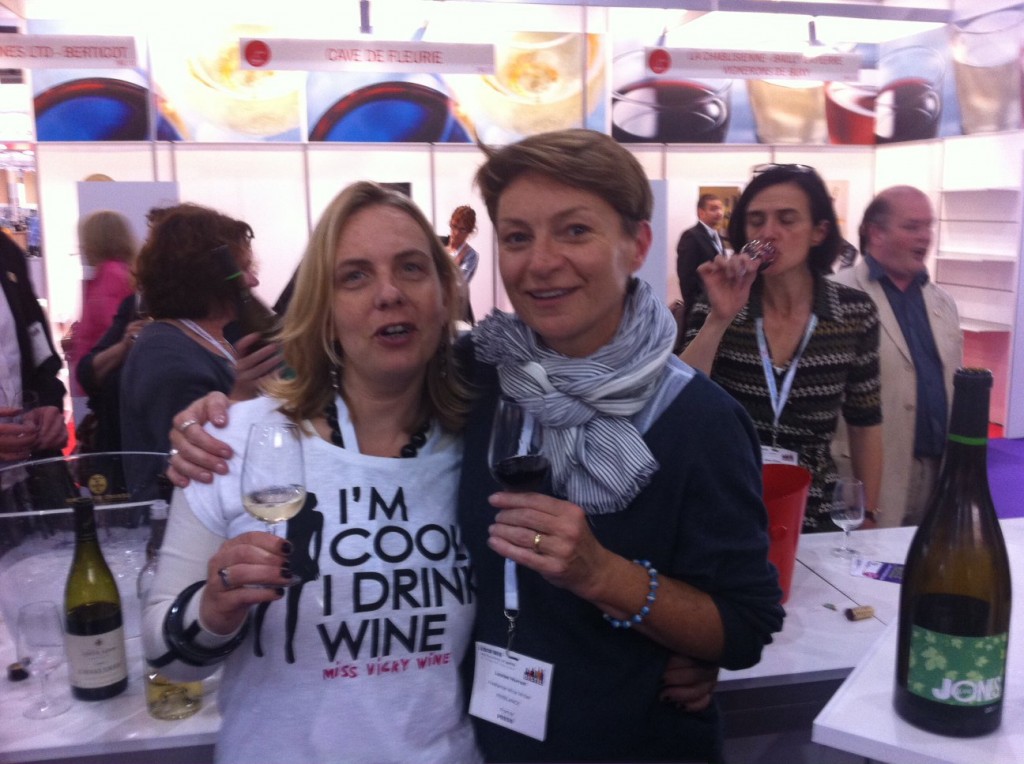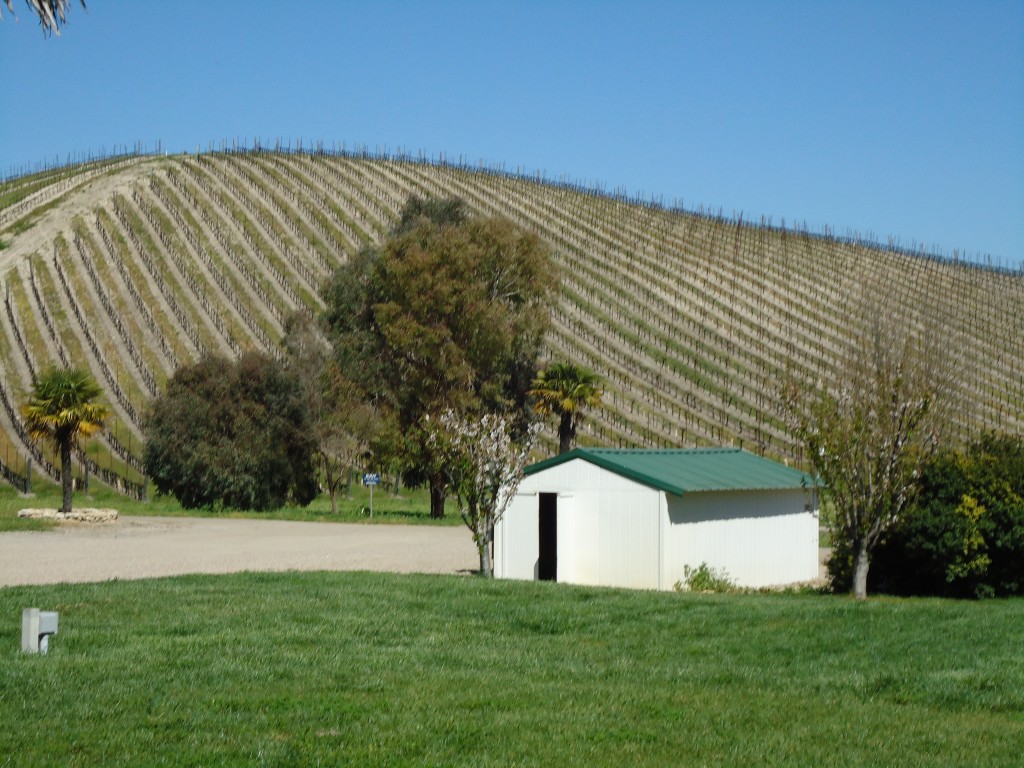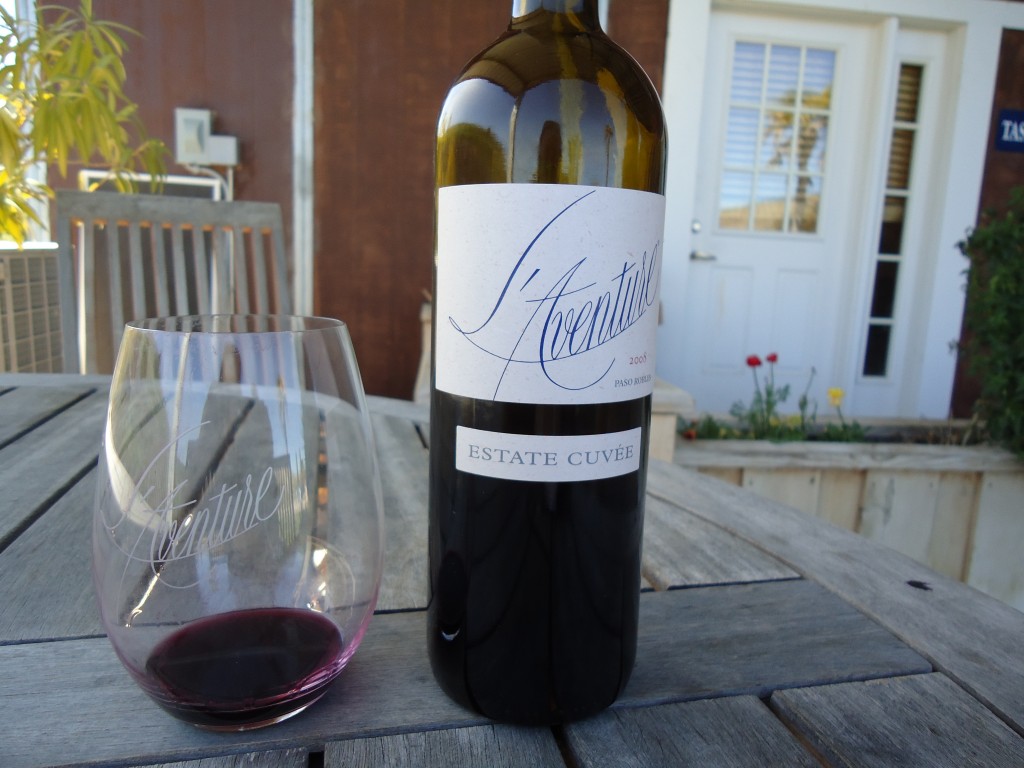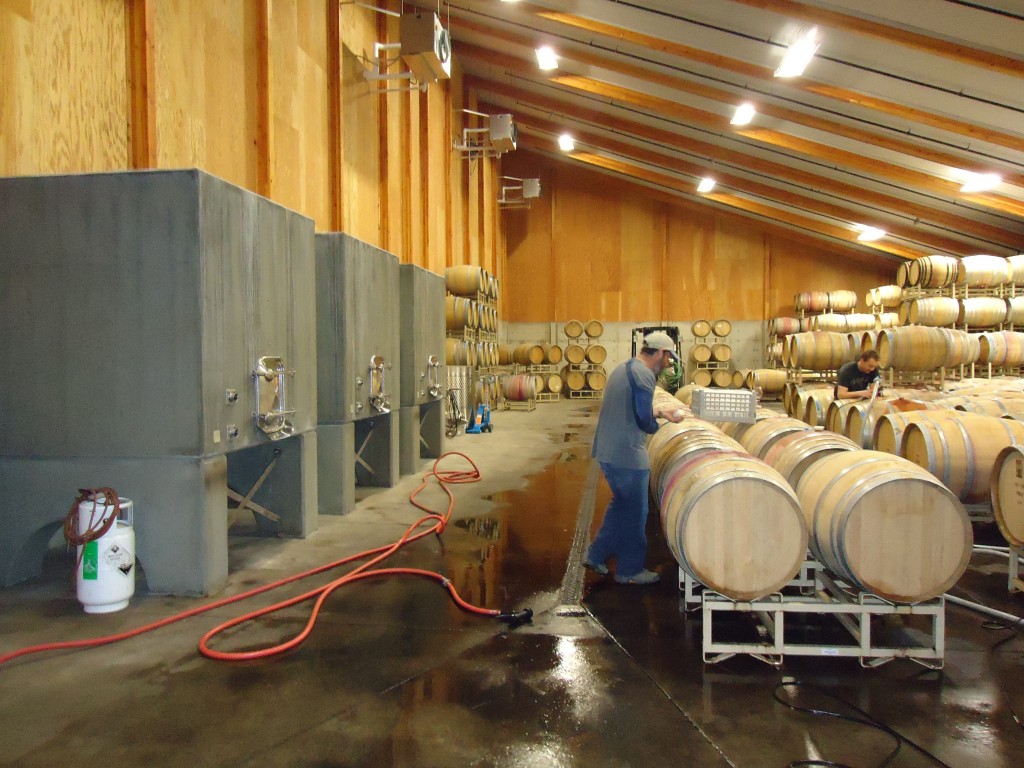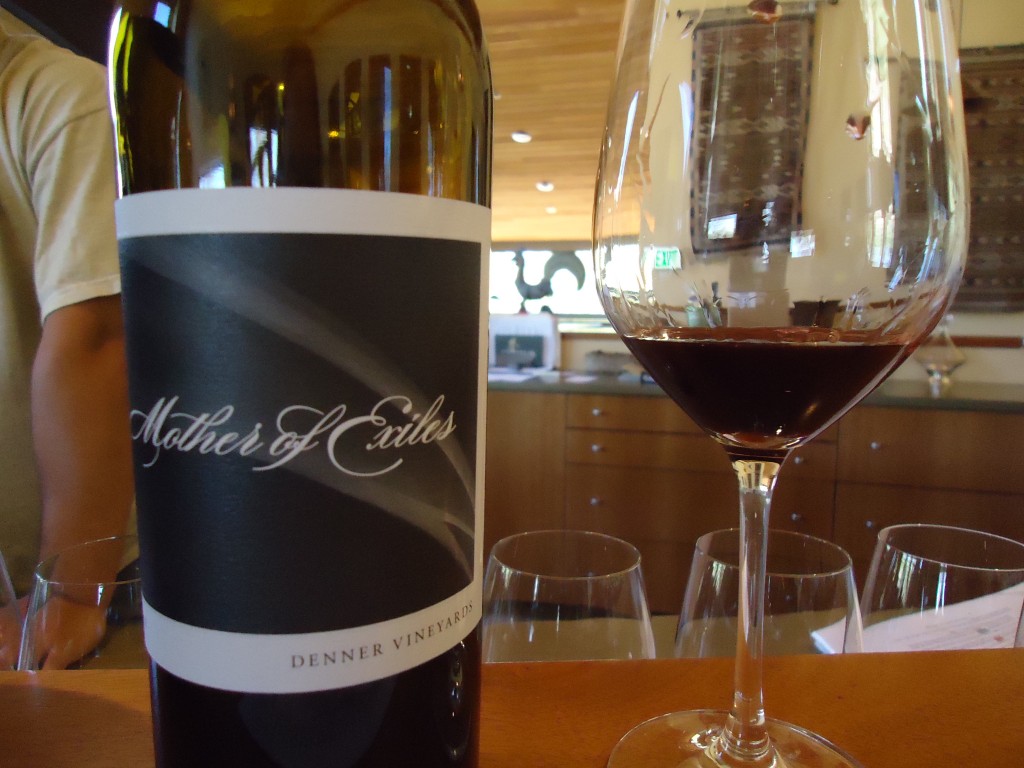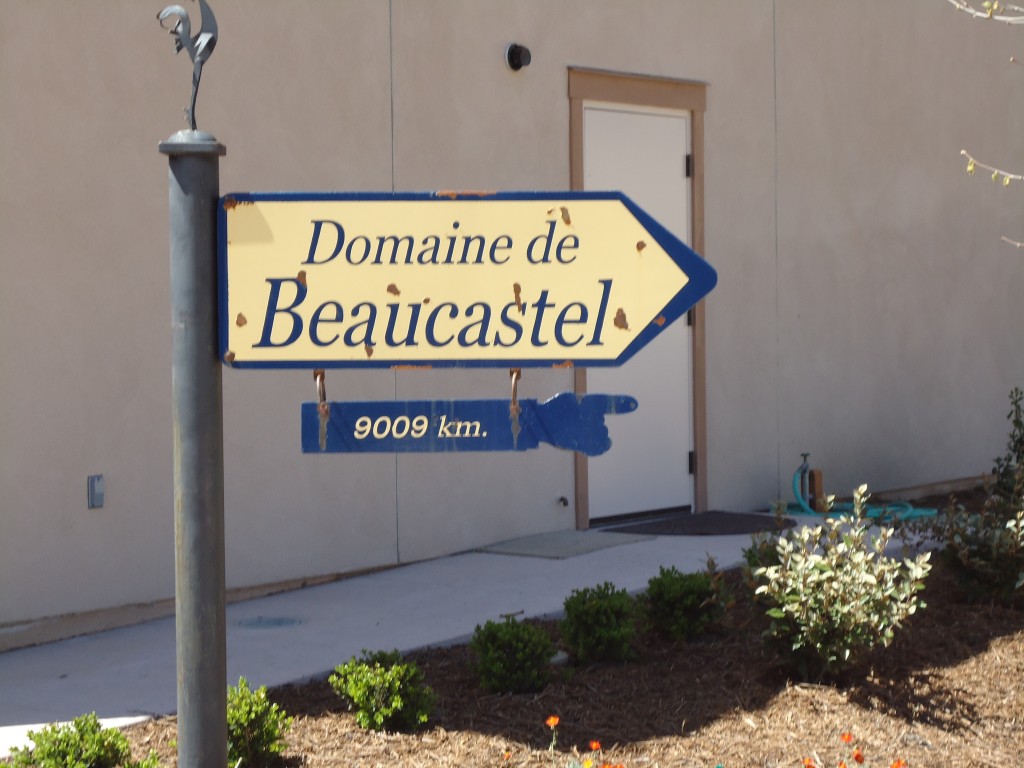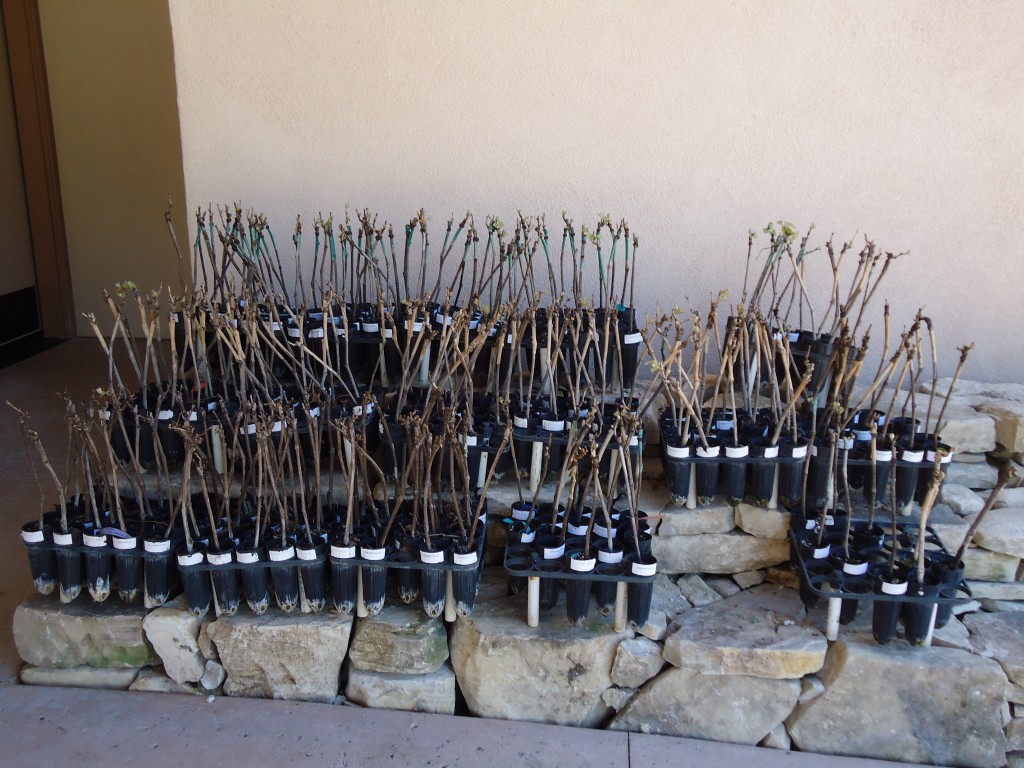As I am going through all my notes for future blog posts my eye is suddenly drawn to my notes on Sonoma and Anderson Valley. All at once I go bright red with shame as it has now almost been 6 months since I visited the area and it actually was the highlight of my trip. So yes I should be ashamed for not sorting through these notes a whole lot earlier… The wineries I visited surely deserved better… As I have already wasted more than enough time best I get into it straight away
Sonoma County
Sonoma County is located to the West of Napa, is a little closer to the coast and has a similar climate and wine growing conditions as Napa County, though in general it tends to be a little cooler. Cabernet Sauvignon, Zinfandel, Pinot Noir and Chardonnay are widely planted, though as I found out at Arrowood – some Rhone Varieties (Syrah, Viogner and Rousanne), Malbec, Gewurtztraminer and Riesling can be found as well… We visited 4 different wineries, where the owners work with different micro climates to experience with different grape varieties – Marimar Estate = Pinot Noir and Chardonnay, Sbraggio Estate and old vine Zinfandel, Silveroak and Cabernet and Arrowood Estate and late harvest riesling.
Marimar Estate
Marimar Estate was founded by Marimar Torres – the sister of the Spanish wine legend Miguel Torres. In 1986 she purchased a vineyard on the border of Russian River Valley and Green Valley. Being situated only 10 miles away from the Pacific ocean Russian River Valley is benefits heavily from the cooling sea breezes and drifting fog resulting in a cooler micro climate in which Pinot Noir and Chardonnay can thrive. Marimar Estate uses dense European style plantings in the vineyard (2000 vines/acre) and most of the plantings consist of different clones of Chardonnay and Pinot Noir. Since 2003 Marimar estate converted to Organic grape farming.
Tasting notes:
Marimar Estate 2009 Albarino/Chardonnay (60% Chardonnay & 40% Alborino, 450 cases produced, 100% Barrel fermented (45% new French oak) and 100% malolactic fermentation)
Dry wine with good weight in the middle palate and flavours of red apple, a little apricot and meyer lemon with some hints of clotted cream and toast in the lingering finish.
Marimar Estate 2007 Acero Chardonnay (100% Chardonnay, 2000 cases produced – vinified in stainless steel, 100% malolactic fermentation)
Complex dry wine with flavours of candied citrus, yellow apple and hints of nectarine, great palate weight and a medium finish.
Marimar Estate 2006 Las Masia Pinot Noir – Don Miguel vineyard (100% Pinot Noir, 3600 cases produced, vinified in stainless steel and aged for 18 months in French oak barriques – 33% new oak, unfiltered and unfined)
Dry, medium body/acid/tanin wine with flavours of ripe red cherry, wild mushrooms and a hint of autumn leaves in the finish
Marimar Estate 2006 Mas Cavalls Pinot Noir – Donna Margarita (100% Pinot Noir, 1150 cases produced, vinified in stainless steel and aged in French oak barriques (40% new oak) , unfined and unfiltered)
Dry wine with good acid and tanin structure with flavours of very ripe strawberries and raspberries (almost stewed), some forest floor and some salty leafy notes in the lingering finish.
Marimar Estate 2006 Cristina Pinot Noir – Don Miguel Vineyard (100% Pinot Noir – from 20 barrels that best reflect the Terroir, stainless steel vinification, 11 month aging in French oak barriques – 50% new and 50% 1 year old oak, 478 cases produced)
Dry, complex wine with an elegant tanin structure and flavours of red cherry, sweet liquorice and a little strawberry, notes of mushroom and forest floor in the layered finish.
Sbragia Family Vineyards
Sbragia Family Vineyards was set up by Ed Sbragia the famous head winemaker at Beringer Estate as a small family owned winery and the whole family is involved in the winemaking/selling process. Sons Adam and Kevin work with their father in the winery and daughter Gina and wife Jane run the tasting room. We were lucky enough to meet Ed and have our tasting with Kevin.
Tasting notes:
Sbragio Family Vineyards 2008 Gino Vineyard Zinfandel (Dry Creek Valley) (85% Zinfandel from 52 year old vines, 10% Carignan, 5% Petite Syrah, aged for 18 months in new French oak barriques)
Fruit forward full bodied wine with a good tanin structure and flavours of jammy cherries and strawberries, dried fruit (fig, prunes, raisins) a little hazlenut and ginger in the finish
Sbragio Family Vineyard 2008 La Promessa Zinfandel (Dry Creek Valley) (95% Zinfandel & 5% Petit Verdot – planted in the warmest part of Dry Creek Valley)
Dry full bodied wine with flavours of stewed plum, fresh ripe figs, some spicy black pepper notes, a little clove and ginger in the lingering finish.
Silver Oak Cellars
Silver Oak Cellars was the brain child of entrepreneur Raymond Twomey Duncan and wine maker Justin Meyer. They took inspiration from Bordeaux and decided to make a single premium wine from Cabernet Sauvignon in Alexandra Valley.7 years later they added a 2nd wine to the range – a Bordeaux blend again based on Cabernet Sauvignon from Napa Valley.
Tasting notes:
Silver Oak 2006 Alexander Valley Cabernet Sauvignon (100% Cabernet Sauvignon)
Dry wine with lots of tanin and acid and bright cherry, blackberry flavours as well as some vanilla, eucalyptus and rosemary and cedar notes and a hint of leather in the long finish. Wine will soften and improve with aging
Silver Oak 2002 Alexander Valley Cabernet Sauvignon (100% Cabernet Sauvignon)
Dry wine with velvety tanin structure and great acidity and flavours of ripe black cherries, stewed plums, dried cranberry and plenty of cigar smoke/tobacco leaf in the lingering finish.
Arrowood Winery
Arrowood Winery was established in 1986 by Richard Arrowood, who as the head winemaker at Chateau St Jean was one of the first winemakers to focus on single vineyard wines in California. Under the Arrowood banner Richard aimed to make classical varietal single vineyard wines from grapes grown exclusively in Somona County. We tasted a plethora of great wines at Arrowood, and but these wines really stood out for me:
Tasting notes:
Arrowood 2009 Gewurtztraminer – Saralee Vineyard (Russian river Valley)
Dry spicy, well balanced medium bodied wine, with flavours of rose petals, lychee, candied peach and some Turkish Delight on the long finish. Beautiful expression of Gewurtztraminer!
Arrowood 2005 Late Harvest White Riesling – Alexander Valley
Luscious wine with a great acidity and flavours of raisins, prunes a little honey and some candied nectarine in the finish.
Arrowood 2005 Special Select Late Harvest White Riesling – Hoot Owl Creek)
Luscious yet fresh desert wine with flavours of candied peach and Meyer lemon, hints of apricot brioche in the long finish
Arrowood 2006 Special Select Late Harvest White Riesling – Saralee’s Vineyard (Russian River Valley)
Rich well balanced desert wine with flavours of stewed rhubarb, apricot jam and Acasia honey in the layered finish.
Anderson Valley
Anderson Valley is located to the North of both Napa and Sonama in the rolling hills of Mendocino County. It benefits from a cooler climate and Pinot Noir and Alsatian varieties do well here.
Roederer Estate
In 1982 the Champagne house Louis Roederer purchased vineyards in Anderson Valley as they believed the terroir and climate were very suited for the production of premium Sparkling wine using the traditional method. Roederer’s unique winemaking style is based on two elements: complete ownership of its vineyards and the addition of oak-aged reserve wines to each year’s blend or cuvée.
Tasting notes:
Roederer Estate Brut NV Magnum (40% Pinot Noir, 60 % Chardonnay, aged for a minumum of 2 years on lees)
Dry crisp wine with creamy small bubbles and flavours of yellow apple, pear a hint of citrus and notes of freshly baked bread in the finish.
Roederer Estate Brut NV Rose (60% Pinot Noir, 40% Chardonnay, aged a minimum of 2 years on lees, 5% Pinot Noir added just before the second fermentation)
Dry fruity wine, with small creamy bubbles and crisp flavours of red apple, a little quince and some strawberries.
Roederer Estate 2002 L’Ermitage (52% Chardonnay, 48% Pinot Noir, 5 years on lees)
Dry rich wine with small creamy bubbles and flavours of stewed yellow apple and quince, brioche, a little butter and a crisp finish.
Navarro Vineyards
Navarro Vineyards is a small family Estate established in 1974 in Anderson Valley. They have an incredible range of high quality wines covering just about every major variety one can think off. But more importantly, it was the only winery I visited in California which really was excellent value for money. They were without doubt THE Californian find for me! A big thank you also to the lovely Jeremy who patiently tasted us through the whole wine list. Please find a reduced selection of my favourites here below.
Tasting notes:
Navarro Vineyards 2009 Gewurtztraminer – Anderson Valley
Dry elegant spicy wine with rich flavours of Turkish Delight and Cardemon.
Navarro Vineyards 2009 Pinot Gris – Anderson Valley
Dry medium bodied wine with flavours of apricot, nectarine and a little stewed pear and white pepper in the finish
Navarro Vineyards 2009 Riesling – Anderson Valley
Dry crisp wine with flavours of Meyer lemon, green apple and a little honey suckle. This wine will age beautifully…
Navarro Vineyards 2007 Unfiltered Pinot Noir – Anderson Valley
Elegant dry well balanced wine with a good tanin and acid structure and flavours of rich strawberry, blackberry, red cherry a little forest floor and some clove in the finish.
Navarro Vineyards 2006 – cluster select late harvest (Anderson Valley)
Rich, sweet complex wine with layers of tropical fruit – passion fruit, ripe guava, candied mango and some all spice in the finish.

